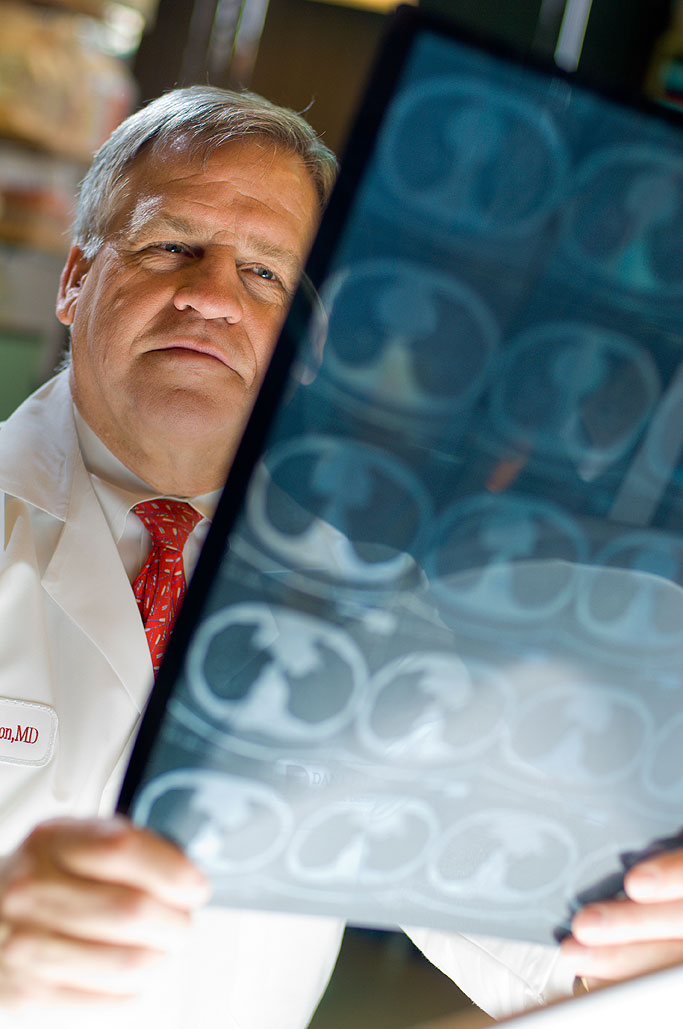Lung cancer remains the most deadly form of cancer in the United States, with nearly 160,000 deaths annually and more than 224,000 new cases expected in 2014. While many lung cancer diagnoses are linked to smoking, nonsmokers can develop the disease as well and should be aware of their risks.

Anyone can get lung cancer.
Although smoking is the leading risk factor for lung cancer, anyone with lungs is susceptible to this disease. Air pollution and exposure to asbestos, radon, chromium, nickel, arsenic, soot, or tar are also causes. Individuals who have been treated with radiation therapy to the chest and those with a family history of lung cancer are also at a higher risk.
Symptoms go beyond trouble breathing.
Symptoms of lung cancer include difficulty breathing, but extend to a cough that does not go away, chest discomfort, wheezing, bloody mucus, and hoarseness. Less obvious signs of lung cancer can include feeling very tired, loss of appetite, and unexplained weight loss. Speak with your physician if you are experiencing any of these symptoms, even if you have never smoked.
There are several different types of lung cancer.
There are two main types of lung cancer – non-small cell and small cell. Non-small cell lung cancer is the most common type and develops when the epithelial cells that form the inside lining of the lungs grow rapidly and uncontrollably. Small cell lung cancer tumors affect approximately 15 percent of lung cancer patients and begin in the bronchi (breathing tubes) within the chest. These tumors often metastasize to other parts of the body, including the brain, liver, and bone.
Read more:
Mesothelioma, while not technically lung cancer, shares many of its symptoms. In this disease, cancer cells form in the linings of the organs. The biggest risk factor for mesothelioma is exposure to asbestos.
Targeted treatment exists for lung cancer.
The discoveries of mutated genes in lung cancer tumors, such as EGFR and ALK, and better understanding of tumor biology, has made precision medicine a reality for many lung cancer patients, from those who smoke a pack a day to those who have never touched a cigarette. These targeted therapies, have extended the lives of lung cancer patients around the world.
Reduce exposure to cancer-causing elements.
While nonsmokers inherently reduce their risk of lung cancer by not smoking, they can further lessen their risk by avoiding secondhand smoke and reducing exposure to radon and other carcinogens. Radon, the leading cause of lung cancer in nonsmokers, is invisible and odorless, but can be detected through simple, inexpensive in-home testing. Other carcinogens, such as asbestos and soot, may be present for certain individuals in the workplace. While the government and employers have taken steps to lessen these risks, make an effort to lessen your own exposure when possible. Eating a healthy diet full of fruits and vegetables may also help lessen lung cancer risk.

Thanks for the info
Just found out one can develop COPD even if you’ve NEVER smoked!